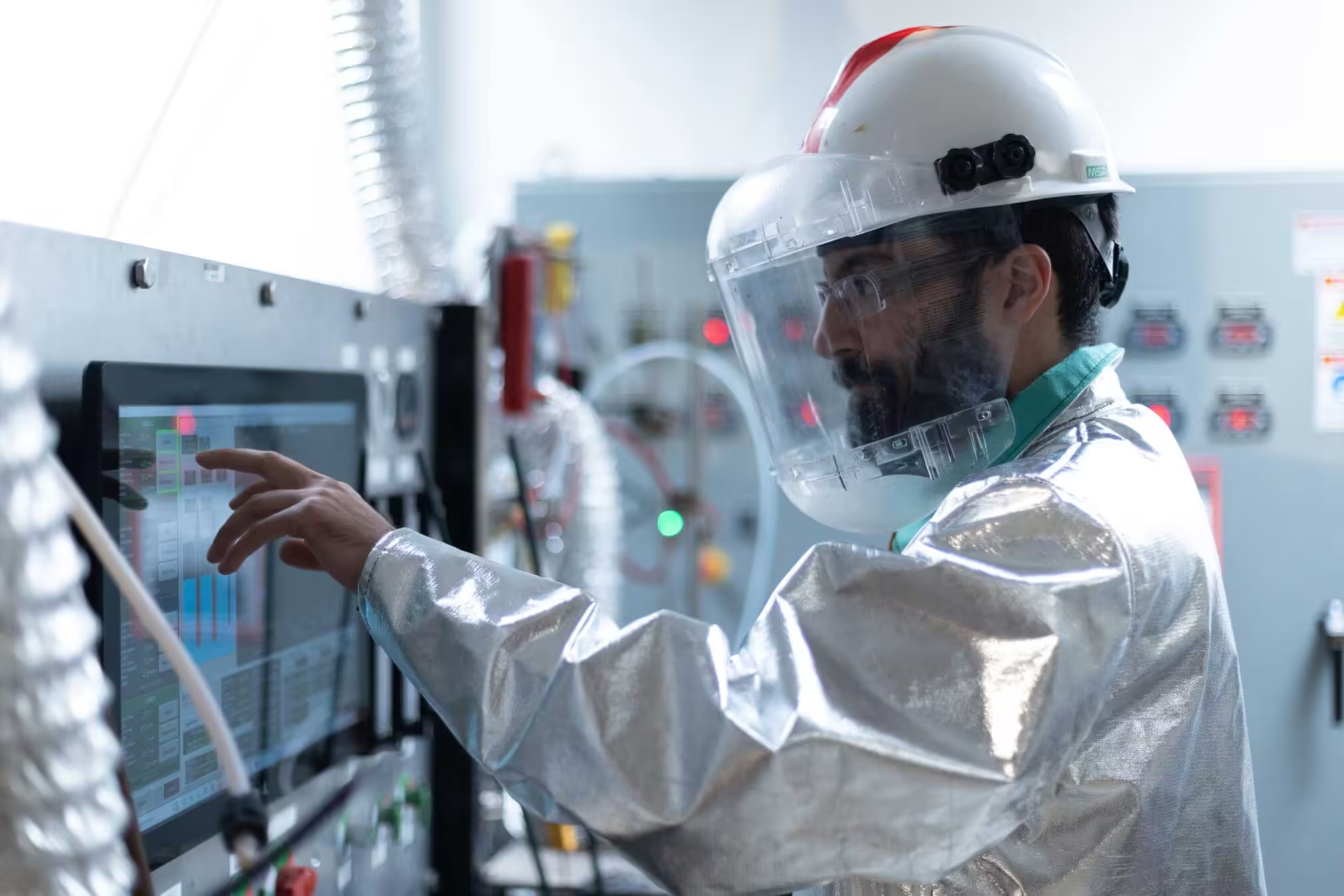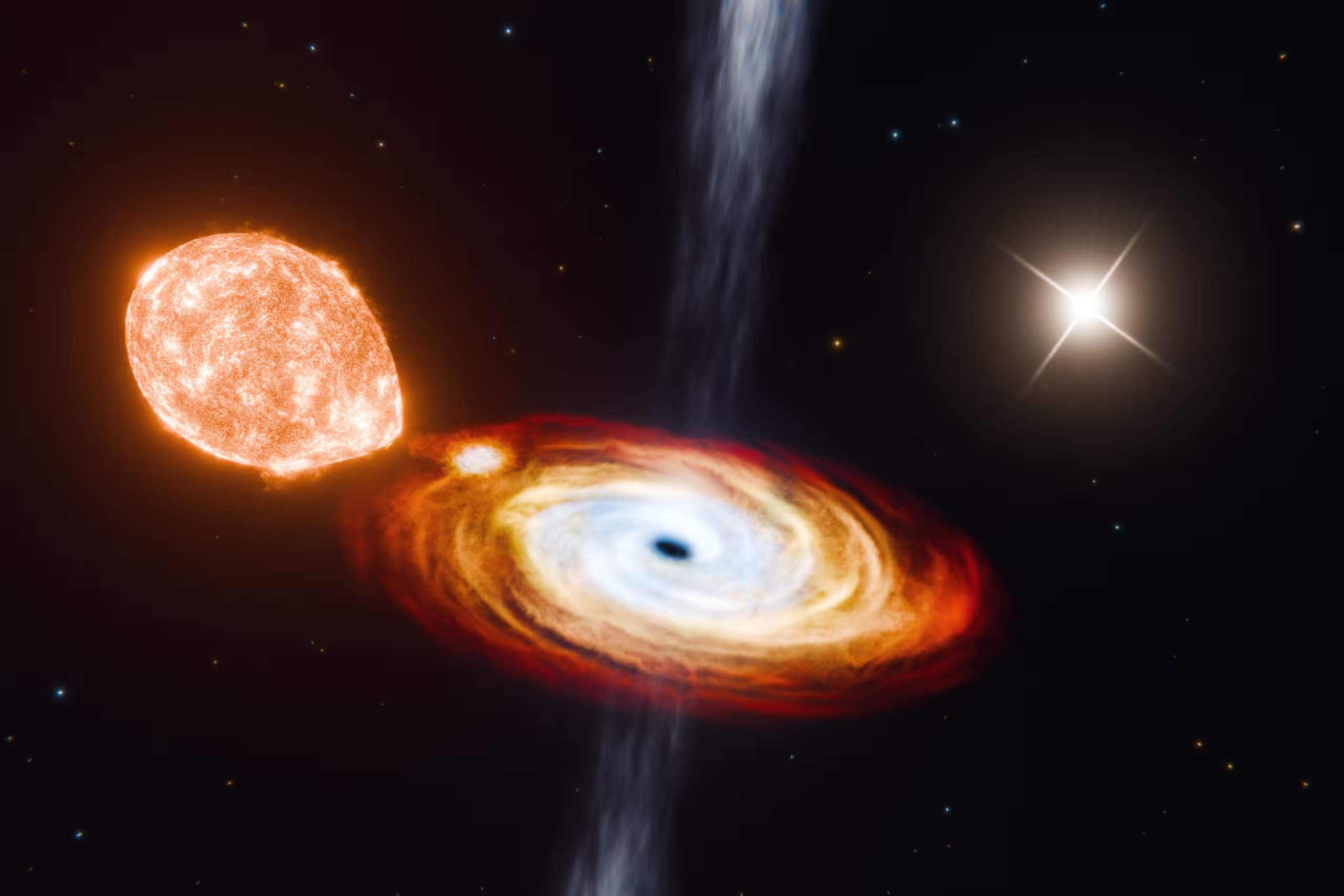At the heart of the energy transition is a shift in metals. Wind farms, solar panels, and electric vehicles require significantly more copper, zinc, and nickel than their gas-powered counterparts. They also need more exotic metals with unique properties, known as rare earth elements, which are crucial for magnets used in items such as wind turbines and electric vehicle motors.
Currently, China dominates the processing of rare earth elements, refining about 60% of these materials for the world. As demand for these materials is expected to soar, the Biden administration has stated that the situation poses a threat to national and economic security.
Substantial amounts of rare earth metals remain unused in the United States and many other parts of the world. The challenge is that they are mixed with large quantities of toxic mining waste.
Phoenix Tailings is developing a process to harvest materials, including rare earth metals and nickel, from mining waste. The company uses water and recyclable solvents to collect oxidized metal, then places the metal in a mixture of heated molten salts and applies electricity.
The company, co-founded by MIT alumni, claims that its pilot production plant in Woburn, Massachusetts, is the only site in the world producing rare earth metals without toxic byproducts or carbon emissions. The process uses electricity, but Phoenix Tailings currently offsets this with renewable energy contracts.
The company plans to produce over 3,000 tons of metals by 2026, which would have accounted for about 7% of total U.S. production last year.
With support from the Department of Energy, Phoenix Tailings is expanding the list of metals it can produce and accelerating plans to build a second production facility.
For the founding team, consisting of MIT graduates Tomás Villalón ’14 and Michelle Chao ’14, along with Nick Myers and Anthony Balladon, the work has implications for geopolitics and the planet.
« Being able to make your own materials domestically means you’re not at the mercy of a foreign monopoly, » explains Villalón. « We focus on creating essential materials for the next generation of technologies. More broadly, we aim to obtain these materials sustainably in the long term. »
Tackling a Global Problem
Villalón became interested in chemistry and materials science after taking course 3.091 (Introduction to Solid-State Chemistry) during his first year at MIT. In his final year, he had the opportunity to work at Boston Metal, another MIT spin-off that uses an electrochemical process to decarbonize large-scale steel production. This experience led Villalón, who majored in materials science and engineering, to think about creating more sustainable metallurgical processes.
However, it took a chance meeting with Myers at a Bible study in 2018 for Villalón to pursue this idea.
« We were discussing some of the world’s major problems when we touched on electrification, » Villalón recalls. « This led to a discussion about how the U.S. obtains its materials and how we should consider electrifying their production. I eventually thought, ‘I’ve been in the field for a decade, let’s do something.’ Nick agreed, but I thought he just wanted to feel good about himself. Then, in July, he randomly called me and said, ‘I have [$7,000]. When do we start?’
Villalón brought in Chao, his former MIT classmate in materials science and engineering, and Myers brought in Balladon, a former colleague, and the founders began experimenting with new processes for producing rare earth metals.
« We went back to basics, to the thermodynamics I learned from MIT professors Antoine Allanore and Donald Sadoway, and understanding reaction kinetics, » Villalón explains. « Courses like 3.022 (Microstructural Evolution of Materials) and 3.07 (Introduction to Ceramics) were also very helpful. I approached all aspects I studied at MIT. »
The founders also received guidance from MIT’s Venture Mentoring Service (VMS) and participated in the U.S. National Science Foundation’s I-Corps program. Sadoway served as an advisor for the company.
After drafting a version of their system design, the founders purchased an experimental amount of mining waste, known as red mud, and set up a prototype reactor in Villalón’s backyard. The founders ended up with a small amount of product, but they had to scramble to borrow scientific equipment to determine exactly what it was. It turned out to be a small amount of rare earth concentrate as well as pure iron.
Today, at the company’s refinery in Woburn, Phoenix Tailings adds mining waste rich in rare earth metals to its mixture and heats it to about 1,300 degrees Fahrenheit. When an electric current is applied to the mixture, pure metal accumulates on an electrode. The process leaves minimal waste.
« The key to all of this is not just the chemistry, but also how everything is connected, because with rare earths, you need to achieve very high purities compared to a conventionally produced metal, » Villalón explains. « Therefore, you need to think about the purity of your material throughout the process. »
From Rare Earths to Nickel, Magnesium, and More
Villalón claims that the process is economical compared to conventional production methods, produces no toxic byproducts, and is entirely carbon-free when renewable energy sources are used for electricity.
The Woburn plant currently produces several rare earth elements for its customers, including neodymium and dysprosium, which are important in magnets. Customers use these materials for things like wind turbines, electric vehicles, and defense applications.
The company has also received two grants from the U.S. Department of Energy’s ARPA-E program, totaling over $2 million. Its 2023 grant supports the development of a system to extract nickel and magnesium from mining waste using a process involving carbonation and recycled carbon dioxide. Nickel and magnesium are essential materials for clean energy applications like batteries.
The most recent grant will help the company adapt its process to produce iron from mining waste without emissions or toxic byproducts. Phoenix Tailings claims that its process is compatible with a wide range of ore types and waste, and the company has plenty of materials to work with: mineral ore extraction and processing generate about 1.8 billion tons of waste in the U.S. each year.
« We want to leverage our knowledge from processing rare earth metals and gradually transfer it to other segments, » Villalón explains. « We just need to refine some of these materials here. We can’t do it. So, what does that look like from a regulatory perspective? How can we create approaches that are economical and environmentally friendly, not just now, but in 30 years? »



